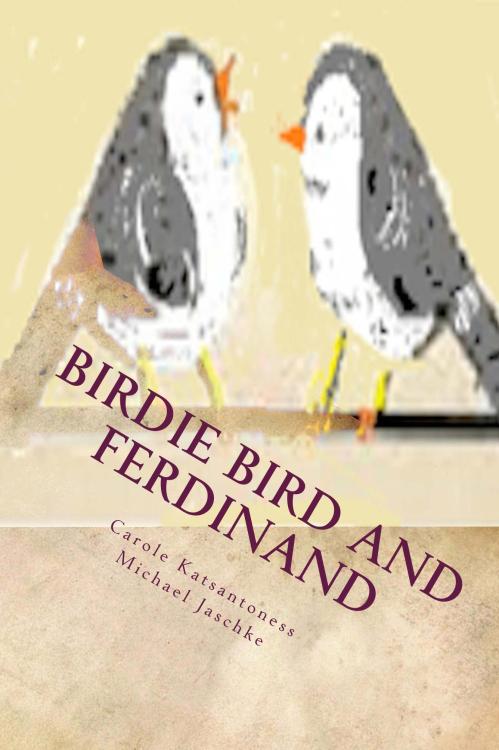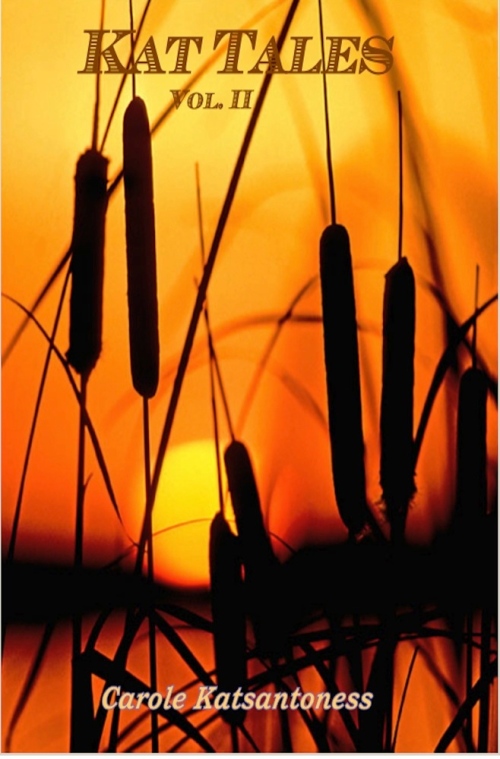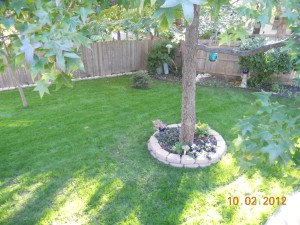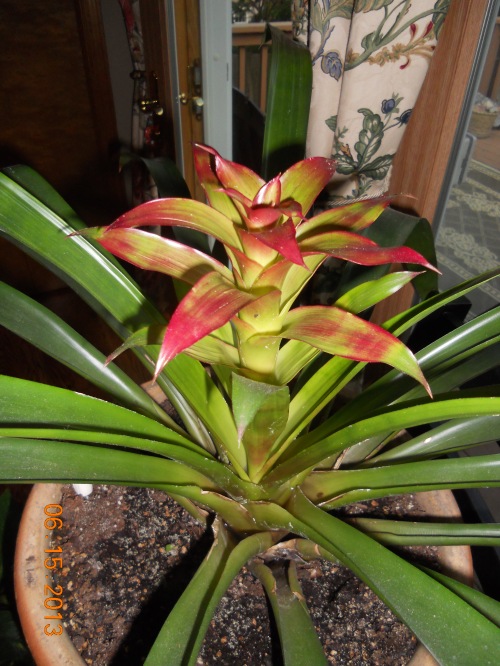 My backyard includes Mimosa trees, bursts of color more glorious than last year. No doubt the moisture has added to the vivid pinks giving me pause to focus and get in tune to my muse.
My backyard includes Mimosa trees, bursts of color more glorious than last year. No doubt the moisture has added to the vivid pinks giving me pause to focus and get in tune to my muse.
My back yard includes the species usually called “silk tree” or “mimosa” in the United States, This is misleading – the former name can refer to any species of Albizia which is most common in any one locale. And, although once included in Mimosa, neither is it very close to the Mimoseae. To add to the confusion, several species of Acacia, notably Acacia baileyana and Acacia dealbata, are also known as “mimosa” (especially in floristry), and many Fabaceae trees with highly divided leaves are called this in horticulture.
Its leaves slowly close during the night and during periods of rain, the leaflets bow downward; its modern Persian name is shabkhosb which means “night sleeper” (from shab — “night” and -khosb — “sleeper”). In Japan its common names are nemunoki, nemurinoki and nenenoki which all mean “sleeping tree”. Nemu tree is a partial translation of nemunoki.
The typical variety, which I am sure I have, is a small deciduous tree growing to 5–12 m tall, with a broad crown of level or arching branches. The bark is dark greenish grey in color and striped vertically as it gets older. The leaves are bipinnate, 20–45 cm long and 12–25 cm broad, divided into 6–12 pairs of pinnae, each with 20–30 pairs of leaflets; the leaflets are oblong, 1–1.5 cm long and 2–4 mm broad. The flowers are produced throughout the summer in dense inflorescences, the individual flowers with no petals but a tight cluster of stamens 2–3 cm long, white or pink with a white base, looking like silky threads. They have been observed to be attractive to bees, butterflies and hummingbirds. The fruit is a flat brown pod 10–20 cm long and 2–2.5 cm broad, containing several seeds inside.
It is called a julibrissin and is widely planted as an ornamental plant in parks and gardens, grown for its leaf texture and flowers. The broad crown of a mature tree makes it useful for providing dappled shade. The flower color varies from white to rich red-tipped flowers. Variants with cream or pale yellow flowers are also plentiful. ‘Summer Chocolate’ has red foliage ageing to dark bronze, with pale pink flowers; ‘Ishii Weeping’ (or ‘Pendula’) has a drooping growth habit.
In the wild, the tree tends to grow in dry plains, sandy valleys, and uplands. It has become an invasive species in Japan; and in the United States it has spread from southern New York, New Jersey and Connecticut, west to Missouri and Illinois, and south to Florida and Texas. It is cultivated in California and Oregon, but is not invasive there. Breeding work is currently under way in the United States to produce ornamental plants which will not set seed and can therefore be planted without risk.
Personally, I enjoy the bursts of color and the visits of hummingbirds, butterflys, and even the bees as they carry tales. My muse allows me time to gaze and deeply reflect. I have yet to suffer from invasiveness.






![Kat IIComplete[1]](https://carolekatsantoness.files.wordpress.com/2013/05/kat-iicomplete12.jpg?w=500&h=759)